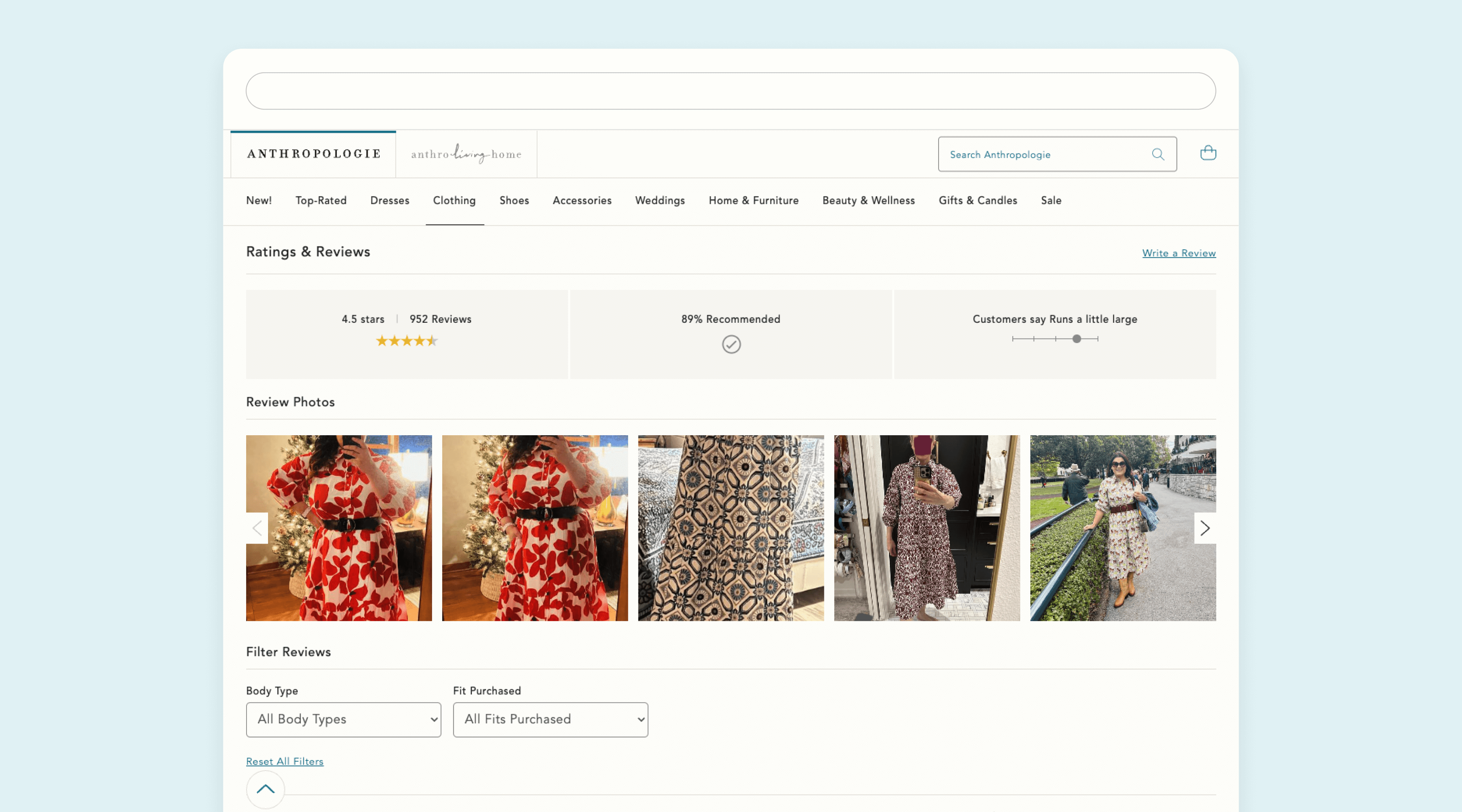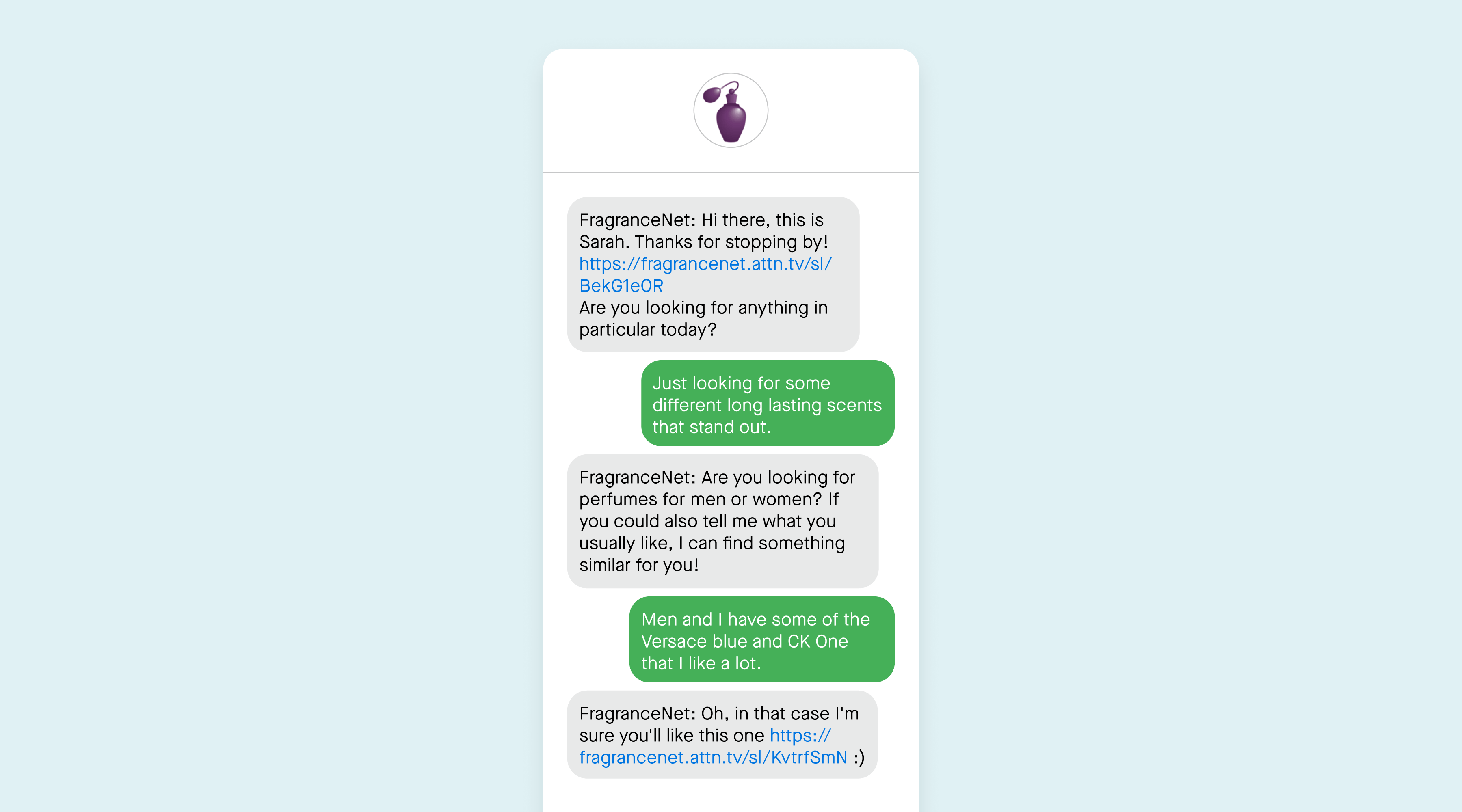
New releases
A smarter, simpler Attentive
Explore new features →
Explore new features →

E-commerce and retail returns have gotten a bit out of control. Last year, shoppers returned 16.5% of the items they purchased in-store and online. Those returns added up to over $817 billion (nearly a fifth of the $5 trillion shoppers are expected to spend in 2024). It also represents a staggering increase in returns over the past few years: Since 2019, the percentage of items consumers returned has doubled.
These returns have a major impact on a brand’s bottom line. Gartner retail analyst, Tom Enright, says between the cost of selling an item and of processing a return, brands lose roughly 50% of their margin on returns.
As a result, brands are rolling back generous return policies and implementing new strategies to head off returned items in the first place. Here’s what you need to know to reduce returns and increase your bottom line.
Traditionally, brands have adopted a customer-centric returns policy to encourage shoppers who might have otherwise been hesitant to purchase and build loyalty. The standard practice was to give consumers a generous window to return an item for free, oftentimes for a full refund.
But with the recent spike in returns, brands rethinking their approaches:
While these changes are meant to prevent customers from returning items they’ve already purchased, some retailers are trying to head off returns even earlier in the customer journey. Amazon has begun letting shoppers know if an item they have in their cart is frequently returned, encouraging them to be sure about their purchase. And e-commerce fashion brand Dress the Population has started offering shoppers discounts if they agree to not return their items.
Reducing returns comes down to understanding why a consumer is likely to return an item in the first place. While you should dig into your own data to spot trends, there are a few common reasons shoppers return items:
Along with adopting more limited return policies, there are key strategies you can implement to reduce the likelihood your customers will return their purchases.
Avoid shoppers returning their items because they’re the wrong size or shade by helping them find their match during the research process. Along with enhancing your size charts and product information (including images of what products look like on different models), consider launching fit- or shade-finder quizzes on your website. Tower 28, a clean beauty brand, offers shoppers product information as they answer questions about their skin concerns and beauty preferences to help them better understand their recommendations.

You can also launch augmented reality (AR) and virtual reality (VR) tools to give shoppers an idea of what a product would look like on them, or in their space. These tools help shoppers make confident purchasing decisions and reduce the likelihood they’ll return items because they don’t meet their expectations. And, as an added bonus, screenshots of their AR/VR experiences can help draw other shoppers in. French beauty brand Violette recently made waves on TikTok as users raved over how accurate their virtual try-on experience was. This touchpoint was vital for driving conversions (and customer satisfaction), as shoppers needed to pay international shipping on their purchases.
Share user-generated content and reviews with customers during the research process so customers can find answers to their most pressing questions, discover different product use cases, and get an idea of what something will look like on them or in their space.

Customer reviews can also help shoppers find their perfect fit, too. For example, Anthropologie gives consumers the option to include their biometric information (including their height, body type, the size they purchased, and the size they normally wear) to give browsers helpful context. They also invite customers to share whether they believe an item runs large or small, so customers can match the fit to their own preferences.
You can also offer shoppers the opportunity to ask questions, learn more about products, and get recommendations using Attentive Concierge™. These conversational experiences help ensure shoppers find the right fit, and that your products will meet their expectations. You can also use SMS to provide post-purchase support to answer questions about how to get the most out of their product, how to style it, and invite them to leave reviews on your site.

Help shoppers find their new favorite item by tailoring your product recommendations with first- and zero-party data (including preferences they’ve shared through product-finder quizzes, SMS conversations, and their browsing history). You can also use this data to effectively cross-sell and up-sell, as recommending items related to purchases they already love is a sure-fire way to reduce returns.
These are all proactive ways you can reduce returns. But, even with the best strategies in place, there will still be times a customer will return a product. Turn those moments into brand-building opportunities by highlighting where shoppers can donate unwanted products, offer a dollar-off amount on their next purchase, or use it as a chance to learn more about their preferences and build a richer customer profile.